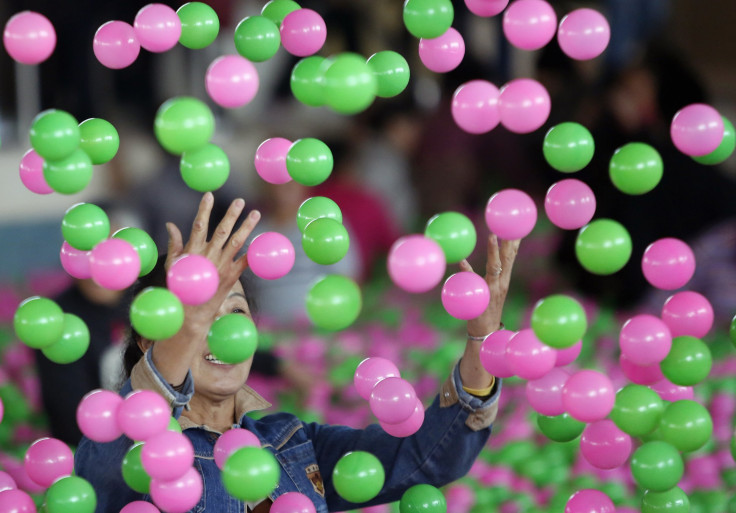Moles And Excessive Consumption Of Red Meat Linked To Breast Cancer Risk By Separate Studies

Separate studies have now linked the number of moles on a woman’s body to an increased risk of breast cancer while a third study has found that excessive intake of red meat could also lead to the condition.
Two new studies, simultaneously conducted in France and the U.S., suggest that woman with a greater number of moles on their body have a higher risk of suffering from breast cancer, while another U.S. study revealed that replacing red meat with chicken could reduce the risk of breast cancer.
The Harvard School of Public Health conducted a 20-year-long study involving 88,803 women and found that replacing one serving of red meat, which is about three thin slices of roasted beef, with poultry reduces the risk of breast cancer by about 13 percent. According to the researchers, the excess content of saturated fat in red meat could increase cholesterol and hormone levels and cause tumors that could lead to breast cancer.
“Replacement of unprocessed and processed red meat with legumes and poultry during early adulthood may help to decrease the risk of breast cancer,” according to the study, which was published in the British Medical Journal.
A separate U.S. study revealed that women with 15 or more moles on their body had an 11 percent chance of developing breast cancer compared to women with no moles who only had an 8 percent chance of getting breast cancer. A French study also reportedly produced similar findings to state that the chances of women with 15 or more moles on their body had an 11.4 percent chance of getting breast cancer.
"These findings support the hypothesis that the number of (cutaneous) nevi reflects sex hormone levels in women and may predict breast cancer risk,” the scientists who conducted the study, led by Jiali Han, from Indiana University, reportedly said in the report.
The U.S. study, undertaken by researchers at Indiana University and Harvard University studied about 74,523 female nurses over a period of 24 years, while researchers in France tracked about 89,902 teachers over the same period.
"These findings also suggest that a hormonal mechanism underlies the association between nevus number and breast cancer risk," United Press International reported, citing the authors of the U.S. study, who also said: "Because this study is observational, these findings are insufficient to support any changes in clinical recommendations for breast cancer screening or diagnosis."
© Copyright IBTimes 2025. All rights reserved.





















